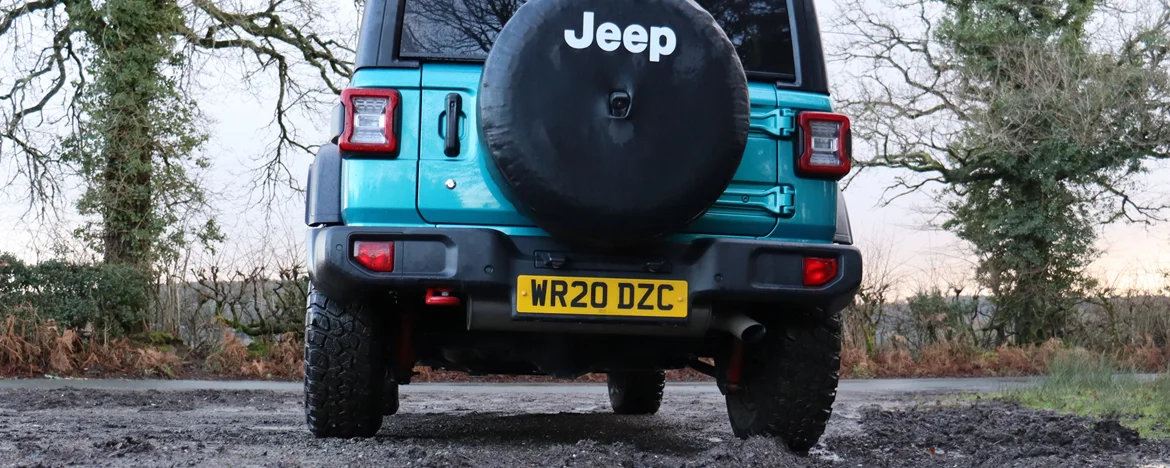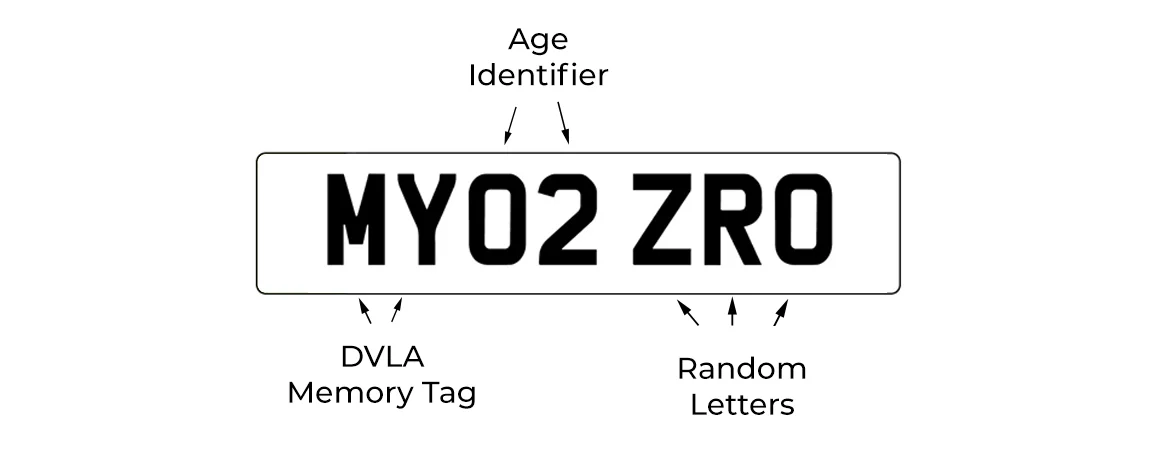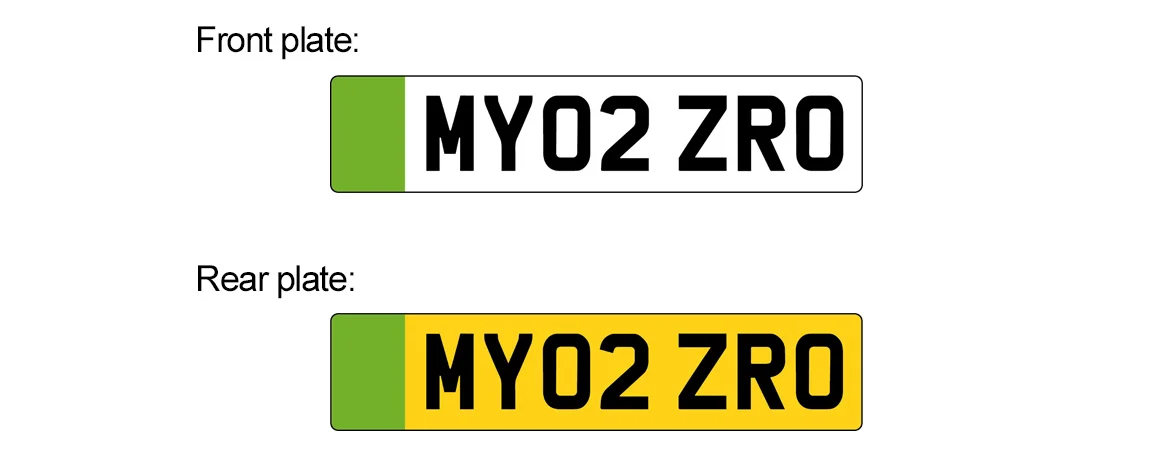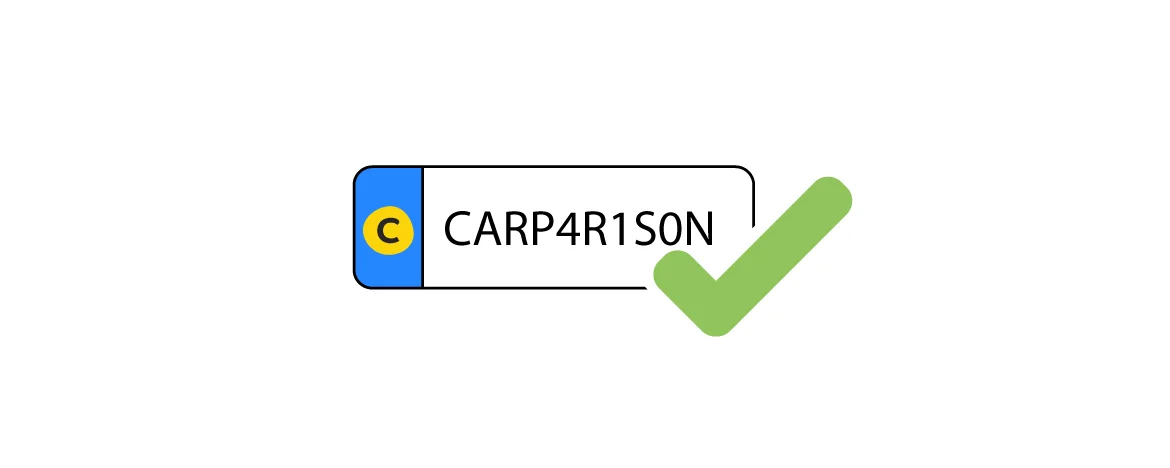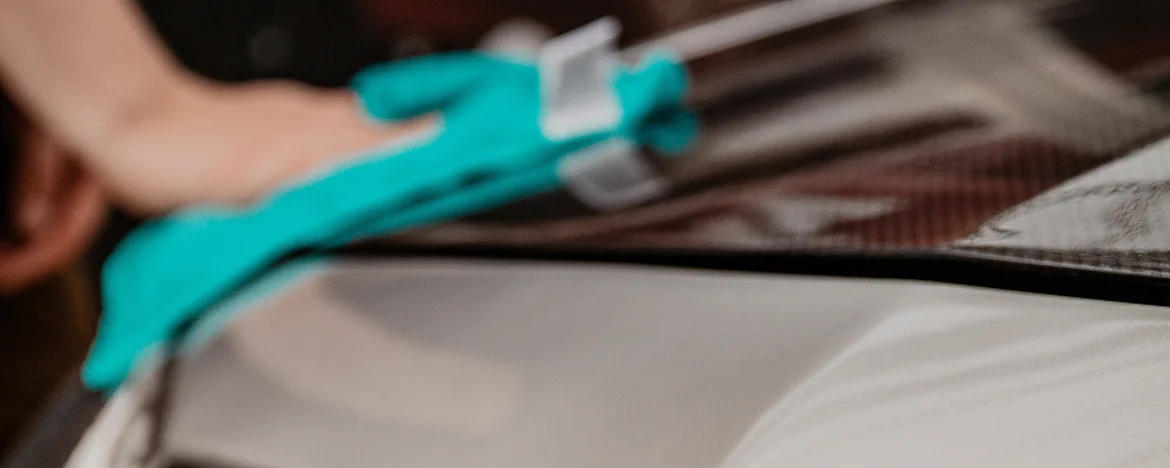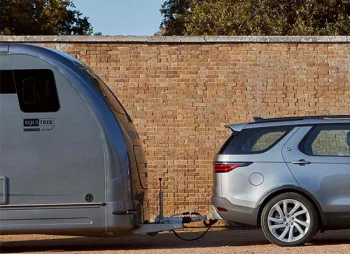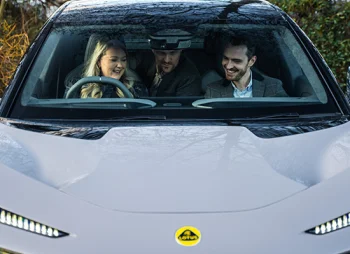How do you transfer a cherished plate onto a leased car?
The good news is that it is possible, but the bad news is that is does require a bit of planning.
A private or cherished plate is a unique and personalised number plate chosen by the driver. Private plates can be hugely sentimental and can come with quite a price tag. So, keeping these plates long term, despite vehicle changes, is an important factor for their owners.
The biggest difference for cherished plate owners who wish to transfer their plate to their lease car is that you will be required to organise this through your funder as they are the vehicle owners.
They will ask you to complete the relevant forms that they will need to submit to the DVLA on your behalf. Because of this, there may be a fee involved.
Here’s what to do:
Firstly you will need to ensure the funder of your lease deal is named as a Nominee of Entitlement (V750). This can be completed by post but is easiest online by creating a DVLA personalised registration account.
This essentially allows you to name the funder to be able to process the registration on your behalf.
The funders will need to receive the certificate of entitlement created as a result of the application above. They will also likely require settlement of their administration fee before proceeding any further. Contact them as early on in the process as you can to ensure the smoothest transition, and to ensure they have what they need at the right time.
Once received, they will transfer the required documents to the DVLA to process the transferal of your cherished plate to the new lease vehicle.
Upon approval, all documentation will be returned to you and you can fit your cherished plates to your new lease car. Note that doing so before this all-clear will leave you liable to a fine.
The DVLA advise that it can take up to six weeks to complete a cherished plate transferal once they have received all documentation. It is recommended to start this process after the delivery of your lease vehicle. Doing so beforehand could considerably delay the delivery of your lease car. You must inform your insurance company of your new registration and update any automatic payment accounts. For instance, those that link to congestions charges, low emission zone charges or ultra Low emission zone charges.
Removing your cherished plate at the end of your lease
If you have successfully transferred your cherished plates to your lease car, you must remember to remove them and reattach the original ones before the lease car is returned. You will need to start this process at least six weeks ahead of the end of your contract. And again, this will need to be through contact with the lease funder.
Funders can work in different ways around this, so we would recommend giving them a call early on to understand their exact requirements.
However, steps will generally include:
- Sending the funder a cover letter detailing the owner of the cherished plate and the desire to change it back to the original registration, and when. They will need to apply for the V778 retention document on your behalf.
- Include a cheque of £105 payable to the DVLA
- Paying the funder’s administration charge
The funder will then process the relevant documentation on your behalf once again. Relevant paperwork will be returned to you, including consent to transfer the number plates back.
The DVLA will send the retention certificate for your cherished plate to you around two weeks after the transfer is complete.

